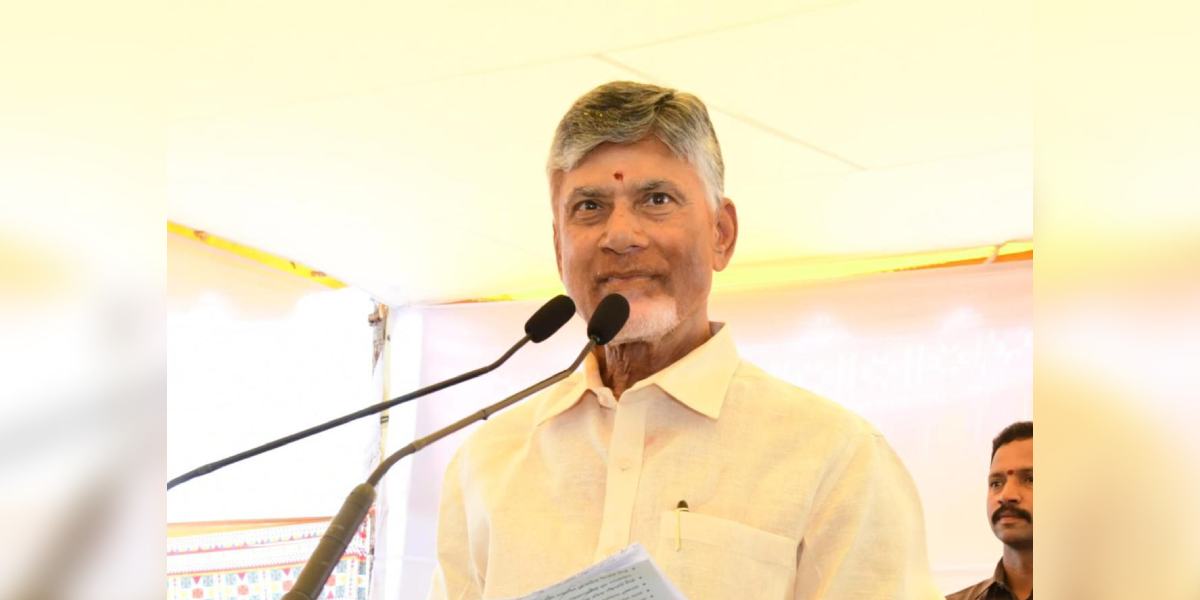The Bills repealing the two-children norm were passed without discussion on Monday, 18 November, four days after Municipal Administration Ponguri Narayana tabled them in the Assembly
Published Nov 19, 2024 | 6:25 PM ⚊ Updated Nov 19, 2024 | 6:25 PM

Andhra Pradesh CM Chandrababu Naidu
The Andhra Pradesh Legislative Assembly has passed two Bills scrapping the three-decade-old two-child norm for contesting local body elections.
The Bills, Andhra Pradesh Panchayat Raj Act (Amendment) Bill, 2024, and Andhra Pradesh Municipal Laws (Amendment) Bill, 2024, allow those with more than two children to contest to the local bodies, including municipal councils.
Chief Minister N Chandrababu Naidu initiated a debate in October, saying people should have two or more children to increase the birth rate for the future. He made the statement against the backdrop of a decreasing youth population even as the elderly population remained constant.
Incidentally, the two-child norm was implemented in 1994, when Naidu was the chief minister of undivided Andhra Pradesh.
The Bills repealing the two-child norm were passed without discussion on Monday, 18 November, four days after Municipal Administration Ponguri Narayana tabled them in the Assembly.
The increase in population gained currency due to Andhra Pradesh’s distorted demographic profile following the general practice of families limiting the number of children.
The family planning initiative was pushed vigorously in the 1960s to contain the size of the population. As part of this drive, amendments were made to legislations restricting the number of children to two for those contesting in the elections for municipal and local bodies.
The amendments were: In 1994, section 21 (b) was inserted in the Municipal Corporation Act, 1955 and Section 13 in Municipalities Act, 1965, imposing restriction that one should not have more than two children to contest in municipal and local body elections.
But over the last three decades, the rate of growth of population has declined on account of the drive against more children.
In 2001, the population growth rate came down to 1.5 from 2.6. Andhra Pradesh emerged as the state which has least growth in population. This, in contrast, led to the number of the aged remaining constant, resulting in a skewed demographic composition.
The government with an intention to right the anomaly in population composition decided to amend the Municipal and Panchayat Raj acts, removing the restriction on the number of children one could have to become eligible to contest in the elections.
(Edited by Majnu Babu).
